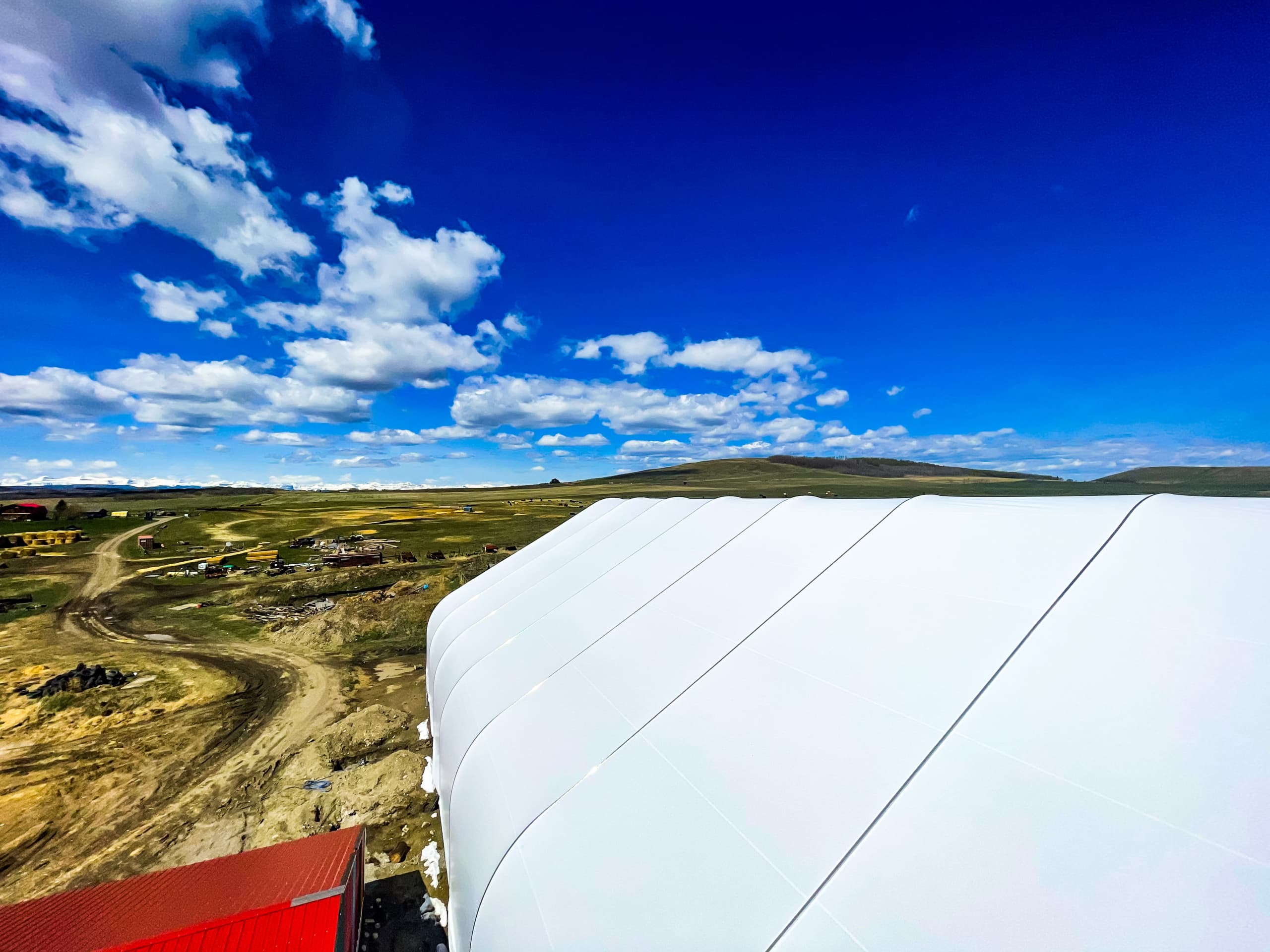Fabric buildings are a great way to add storage, capacity, and shelter, but they’re not all created equal. There are many different options out there that vary in terms of engineering, construction materials, and size. Understanding how these factors work together can help you find the right building for your needs.
Fabric buildings, a construction method that uses fabric to support building components, are becoming more and more common as the demand for sustainable materials increases. But until recently, most people didn’t know much about this relatively new building technique. It turns out fabric buildings have been around since the 1970s. One of the few who have expressed Modernism’s methodology is Harry Seidler, an architect who’s considered one of Australia’s greatest geniuses.
In this post, we’ll go over what makes fabric buildings so special, how they’re made, and why they’re such a great alternative to traditional building techniques.
What Makes for a Strong, Long-lasting Building?
 The engineering of a fabric structure is what makes them strong and long-lasting. The materials used to make the fabric structures are designed to withstand wind, snow, rain, and hail without having to be replaced or repaired. The materials used in these buildings are usually made from high strength polyester fibers woven together into an industrial strength material.
The engineering of a fabric structure is what makes them strong and long-lasting. The materials used to make the fabric structures are designed to withstand wind, snow, rain, and hail without having to be replaced or repaired. The materials used in these buildings are usually made from high strength polyester fibers woven together into an industrial strength material.
While some of the fabrics might look like silk or satin when spread out on a table top, they can easily withstand high winds because they have been woven tightly together with no loose threads sticking out (like those on your silk tie). This prevents any loose material from being caught by the wind and tearing off or causing damage to neighboring pieces of fabric as well as possibly injuring someone if they were walking underneath at that moment.
The other important factor when it comes to long lasting buildings involves how well engineered its steel frame is built into each individual unit – so much so that many builders actually specify their preferred brand name for these types of construction materials because they know how well-made these components are.
Feature-rich Architectural Options
 Now that you’re familiar with the engineering behind fabric buildings, let’s focus on some of the various options available in terms of architectural features.
Now that you’re familiar with the engineering behind fabric buildings, let’s focus on some of the various options available in terms of architectural features.
When designing your building, you can choose from a variety of canopy styles and shapes that fit into any space or landscape. Canopies are usually used as a means to protect against wind and sun exposure, but they can also be used as elegant design elements for your building depending on what kind of style you want for your structure.
For example, a peaked structure is usually on a larger scale and creates more headroom and usable space inside. This style works well if you want to maximize headroom inside your structure because it offers more space for storage and maneuverability.
Whereas a rounded structure is usually on a smaller scale, quicker to construct, and less expensive. This style is ideal for smaller projects with strict budgetary constraints.
The Various Uses of Fabric Buildings
The uses of fabric buildings are as varied as the building industry itself. They can be used for storage, shelter, events and recreation, and industrial purposes. In agriculture, they’re often used to store hay or grain.
The benefits of a fabric building extend beyond its versatility. It’s also environmentally friendly because it requires little energy consumption to operate, a major plus when it comes to sustainability. Fabric buildings also offer a wide range of options when it comes to design and architectural features, such as colors and materials, that allow you to personalize your space while still achieving the look you desire.
Flexible Solution to a Variety of Storage and Shelter Requirements
Fabric buildings are a flexible solution to many different storage and shelter needs. Fabric buildings can be used for storage, shelter, and a variety of other uses. They are also a great alternative to traditional buildings.
Building offices, classrooms, and medical laboratories out of fabric buildings is a greener, cheaper solution to traditional building methods.
The first fabric buildings were made in the early 1900s. Since then, they have been used as shelters by many major humanitarian organizations across the world. In recent years, fabric buildings have gained popularity as a temporary or permanent shelter for human beings.
Fabric buildings are a great option for many different uses. They are an affordable way to get a nice storage building, garage, or other structure. The flexibility of the fabric design allows them to be used in many different ways and can help meet your needs no matter what they might be.
If you would like more information on these types of structures, please get in touch! We’d love to talk with you about how we can help solve your unique fabric building challenges today!


